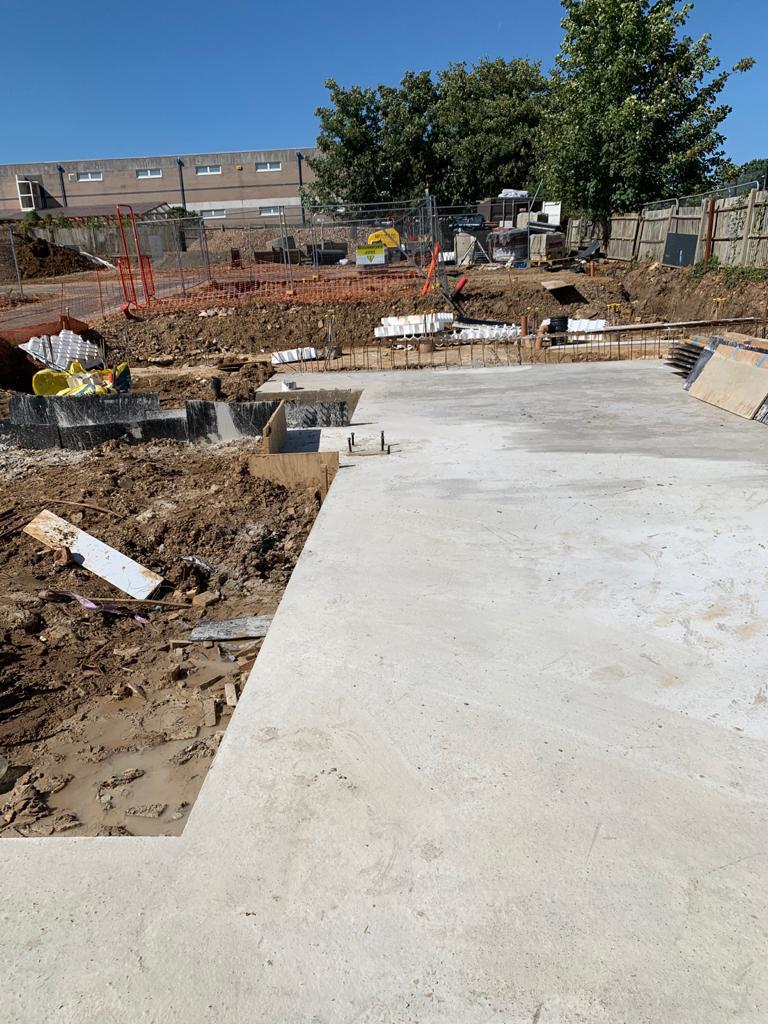What's the difference between Raft and Pile Foundations?
July 25, 2024

Deep foundations are a must for tall buildings. The higher the building, the stronger and more profound the foundations need to be. High-quality, heavy foundations are necessary for multi-story constructions. On the other hand, shorter buildings that spread out horizontally can suffice with shallower foundations. Choosing the correct foundation is crucial for a stable and safe construction that won't experience subsidence.
If you have experience constructing houses with toy blocks, you are likely aware of the significance of getting the foundations right. Without a strong foundation, anything built on top is at risk of instability. Whether you are building a new structure or extending an existing property, the type of foundation required will vary. It is important to consider the specific needs of your project to ensure stability and safety.
Some of the most common types of foundations used in construction are Pile foundations and Raft foundations.
Pile Foundations
Pile foundations are often utilized when heavy structures need to be supported in areas with weak soil. This type of foundation involves driving piles deep into the ground to transfer the building's load to more stable soil underground. Piles can be driven into the ground or cast in place, and a pile cap connects groups of piles to distribute the building load effectively.
Several types of piles are used in foundation construction, each serving a specific purpose. The types include end-bearing piles, friction piles, mini piles, and screw piles. Each type has its unique benefits and applications depending on the specific needs of the building project.
It is important to note that pile foundations require specialized knowledge and expertise for installation. Therefore, it is recommended that skilled professionals be consulted to ensure the proper installation and effectiveness of the pile foundation. While pile foundations may be more costly than other foundation types, their durability and efficiency make them a valuable investment for long-term stability and structural integrity.
Raft Foundations
Mat foundations, also known as raft foundations, are concrete structures designed to support the entire footprint of a building. They are commonly used for one—or two-story buildings or where a basement is desired, making them a popular choice for residential properties. While they are relatively easy to construct and cost-effective, it is important to note that they may be susceptible to erosion at their edges. In instances where heavy reinforcement is required in specific areas, alternative foundation options may be more suitable.
What is the difference between the two?
Raft foundations are suitable for shallow foundations, while pile foundations are ideal for deep foundations. Raft foundations consist of a concrete mat on or above the ground, spread across the entire building area to support heavy structures. On the other hand, pile foundations focus on either a pile group or a pile cap as key components.
It is essential to consider that while raft foundations may be cost-effective in the short term, pile foundations are designed for long-term durability. Pile foundations are particularly beneficial for soft soil conditions, whereas raft foundations may require additional soil improvement measures such as Sand Compaction Pile, leading to project delays.
Both types of foundations have advantages, but pile foundations are often preferred for their stability and longevity, especially in soft soil environments.
Conclusion
To determine the appropriate foundations for your construction project, you must schedule a consultation with a qualified groundworks expert. They will assess the soil conditions and building size to recommend whether pile or raft foundations suit your needs. Contact us now to schedule a free, no-obligation quote and secure your groundwork solution.